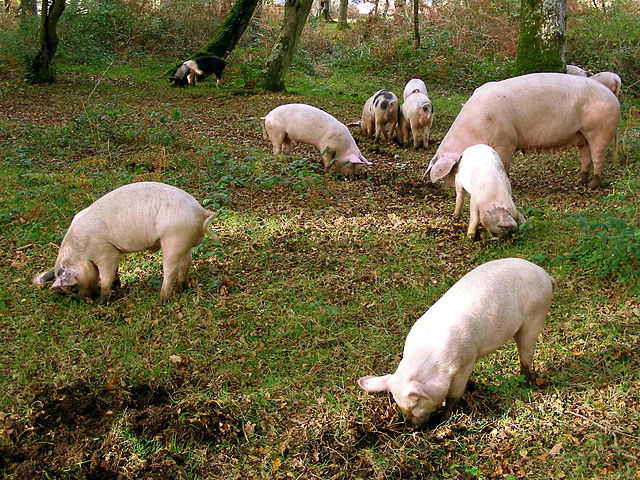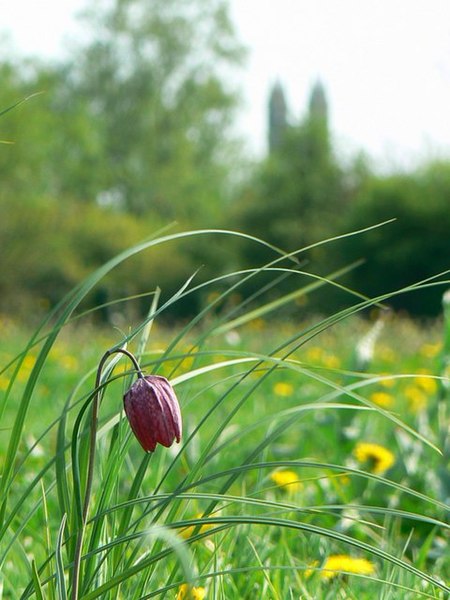Tŷ unnos is an old Welsh tradition that has parallels in other folk traditions in other areas of the British Isles. It was believed by some that if a person could build a house on common land in one night, the land then belonged to them as a freehold. There are other variations on this tradition, for example that the test was to have a fire burning in the hearth by the following morning and the squatter could then extend the land around by the distance they could throw an axe from the four corners of the house.
A ruined tŷ-unnos construction
The Ugly House (Welsh: Tŷ Hyll) near Betws-Y-Coed, a famous example of a tŷ unnos.
The Coed Cymru "Tŷ unnos" design looks similar to this traditional Japanese framing design, but it lacks the internal horizontal members, has fewer vertical members (such that the side openings are square), and lacks king posts and queen posts. It uses glulam, and is clad with oriented strand board
Common land is land owned by a person or collectively by a number of persons, over which other persons have certain common rights, such as to allow their livestock to graze upon it, to collect wood, or to cut turf for fuel.
Poohsticks Bridge in Ashdown Forest, an area of common land.
Modern-day pannage, or common of mast, in the New Forest
Snake's head fritillary, North Meadow, Cricklade. This is grazed as Lammas common land.
View of the Scafell massif from Yewbarrow, Wasdale, Cumbria. In the valley bottom are older enclosures and higher up on the fell-side are later enclosures on poorer land with substantial walls following boundary lines regardless of terrain. Above those is the unenclosed common land







